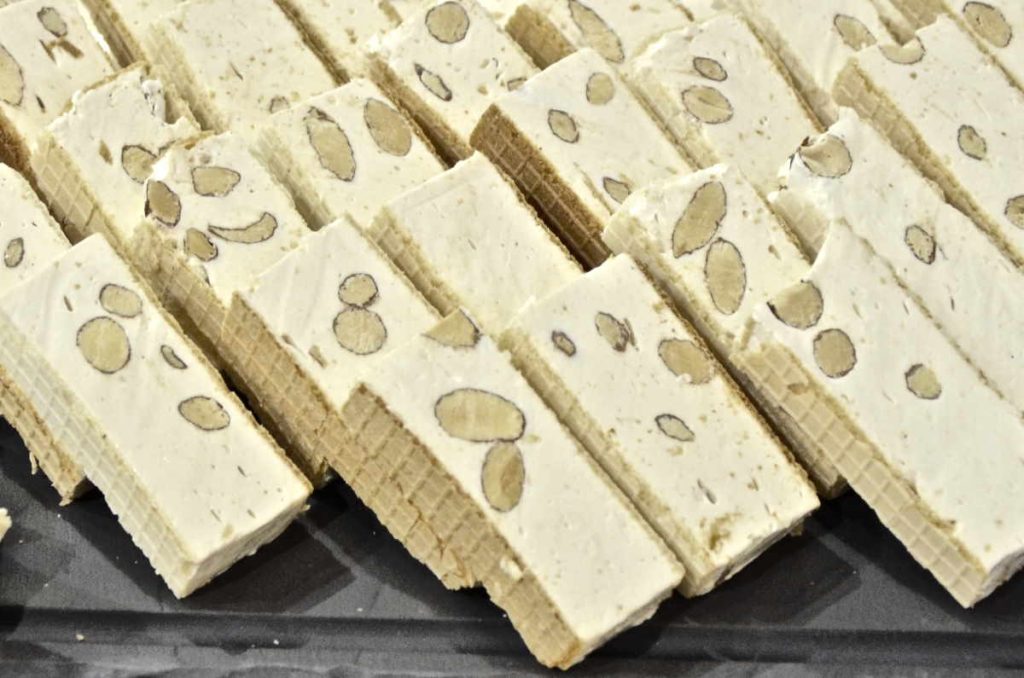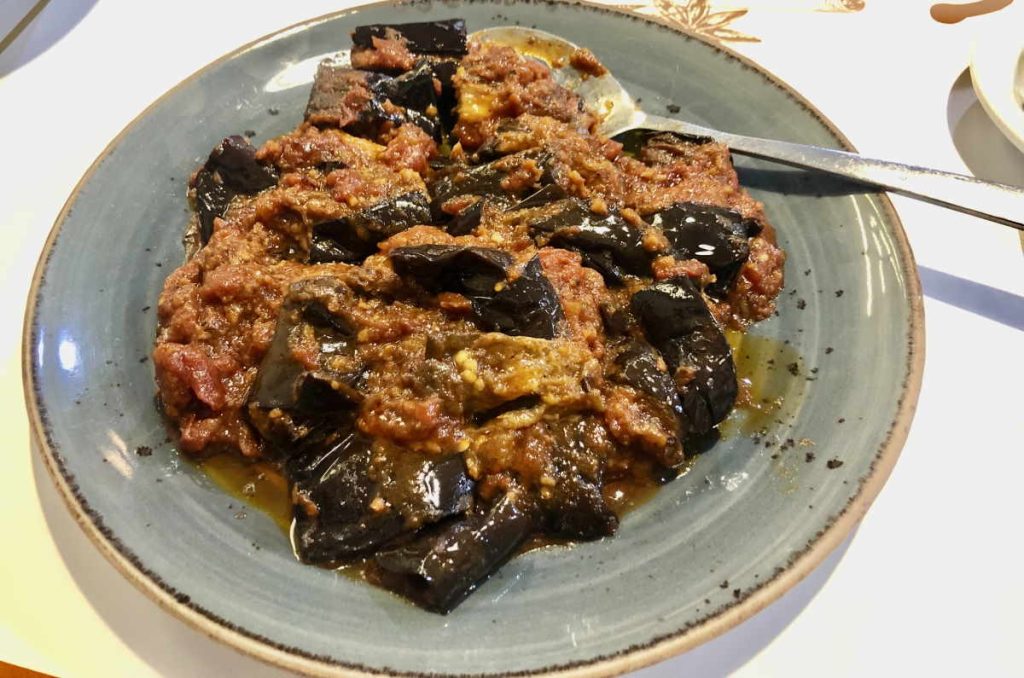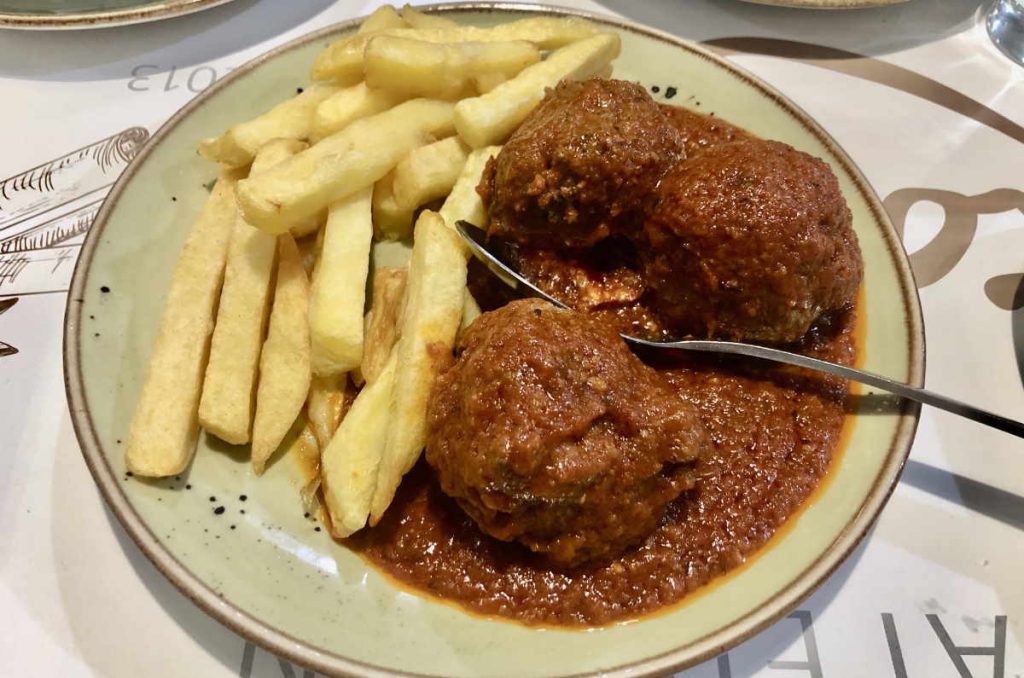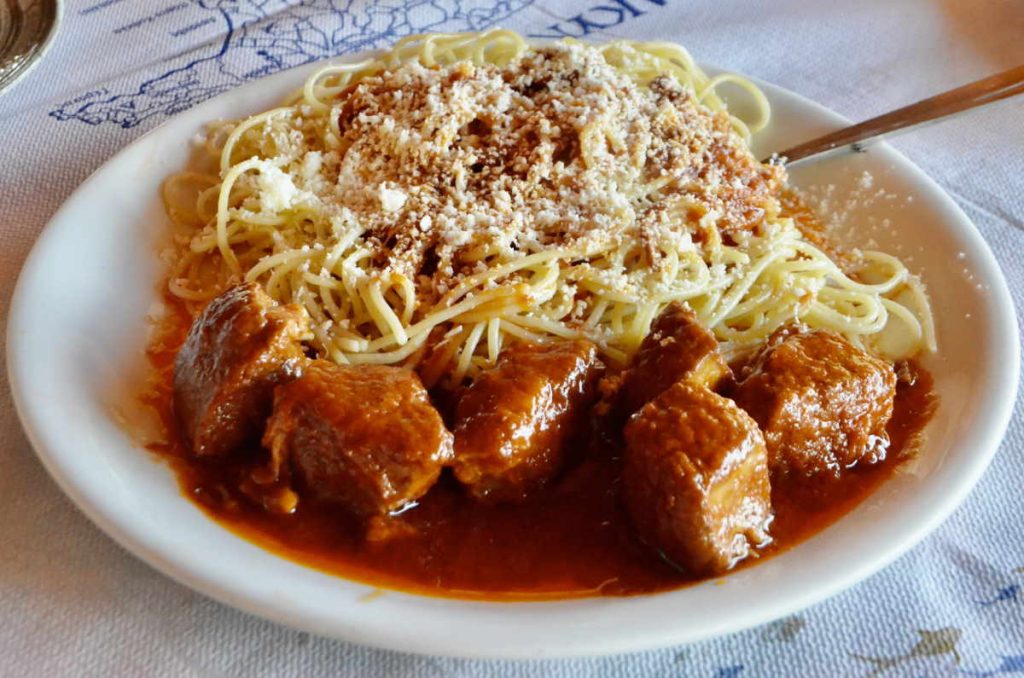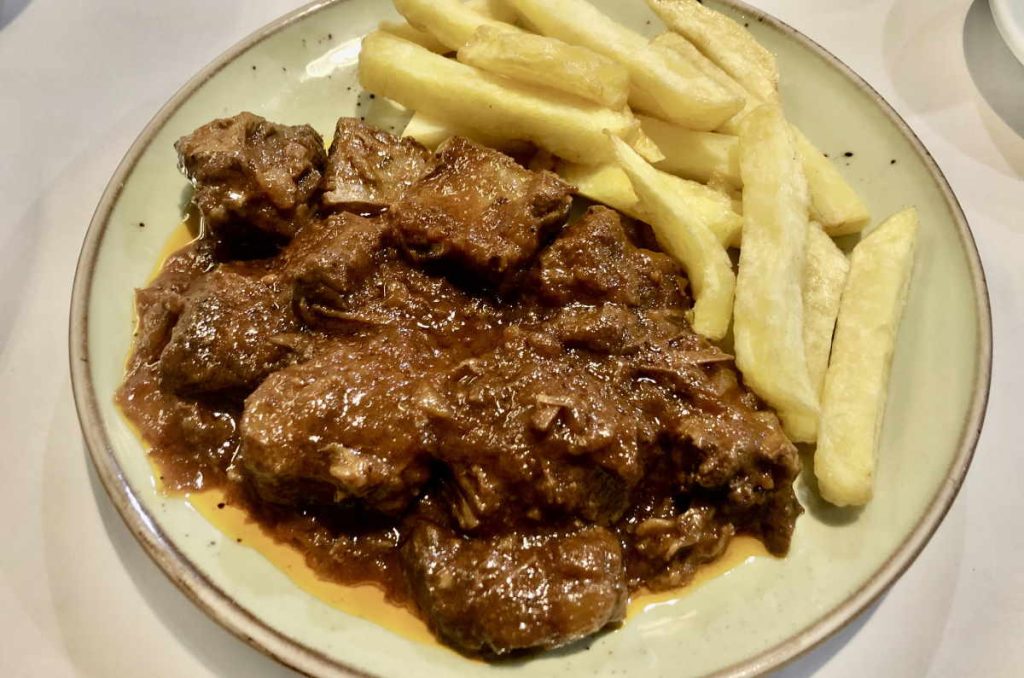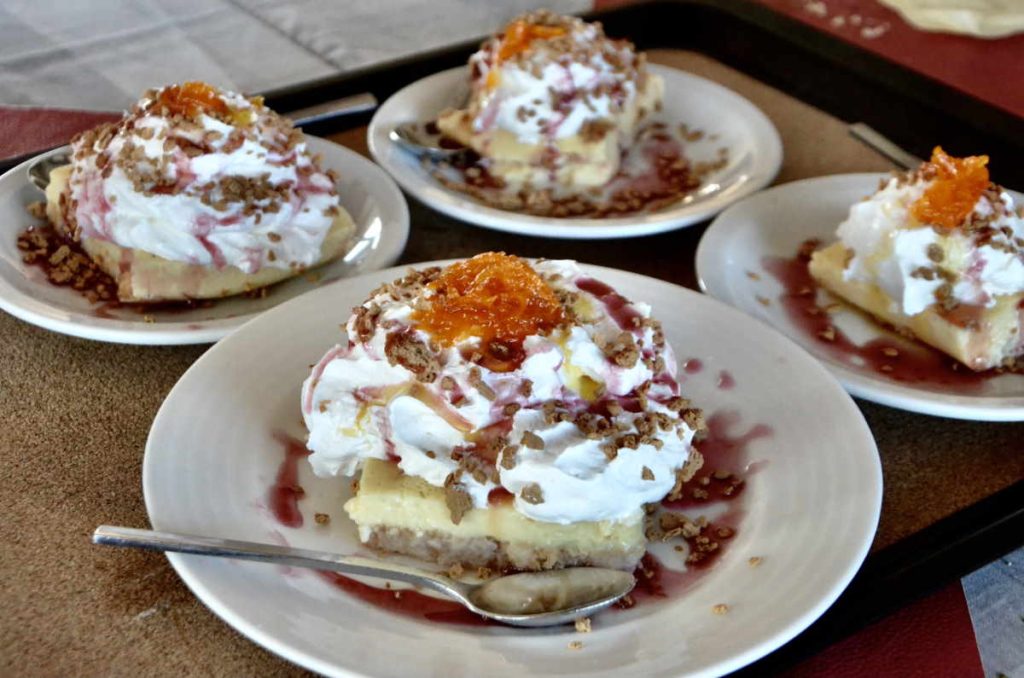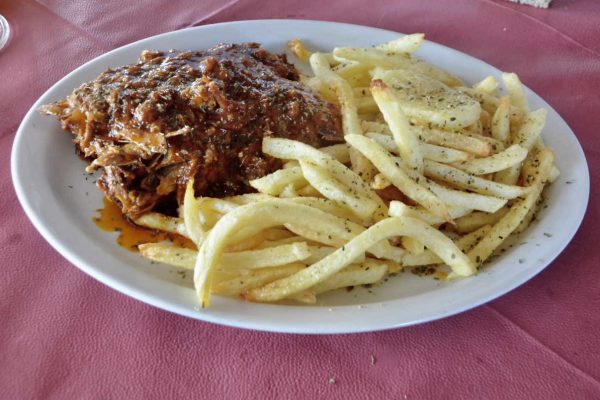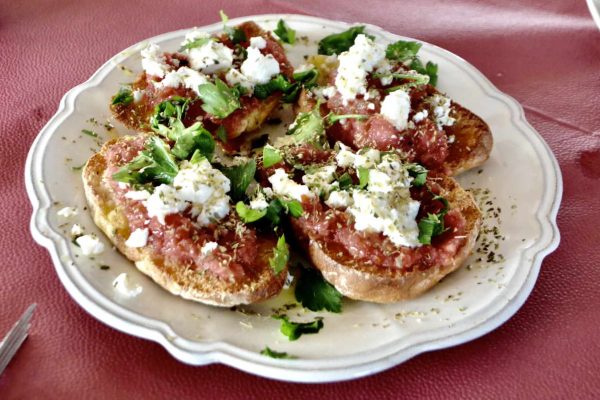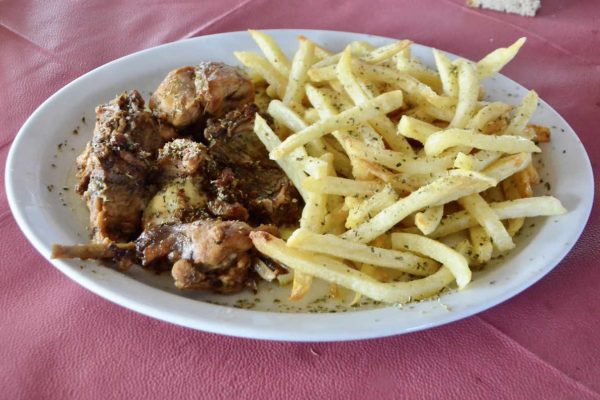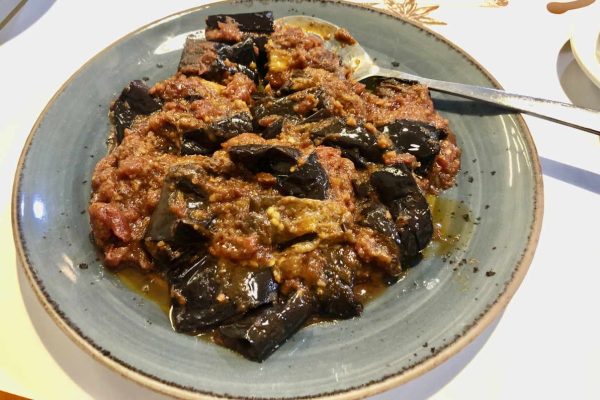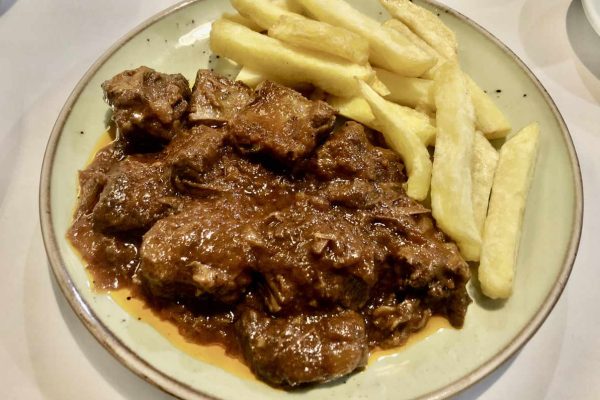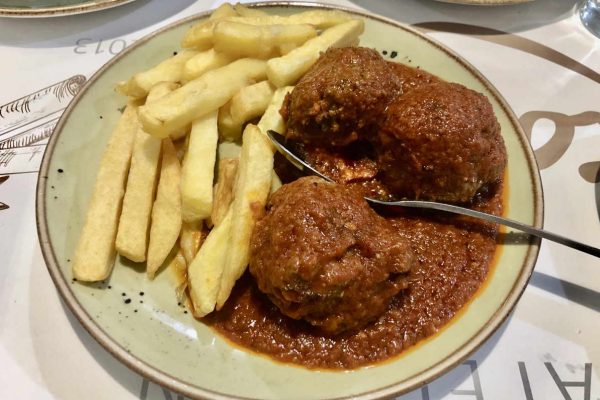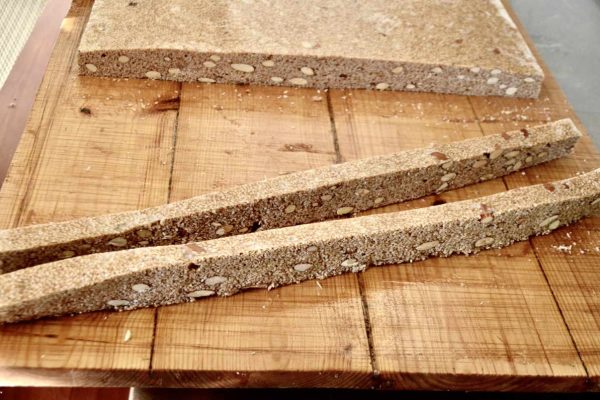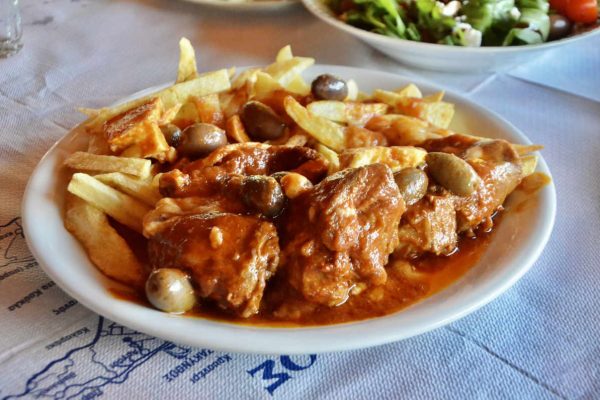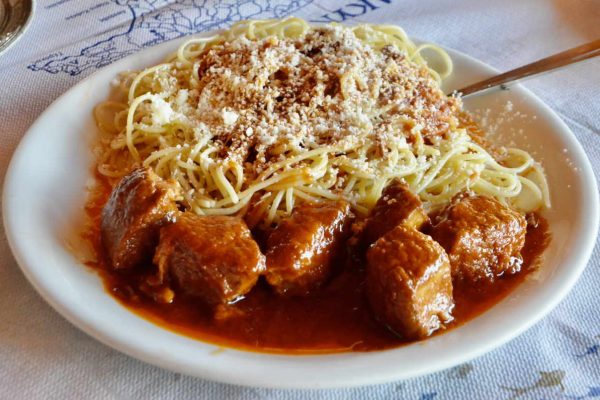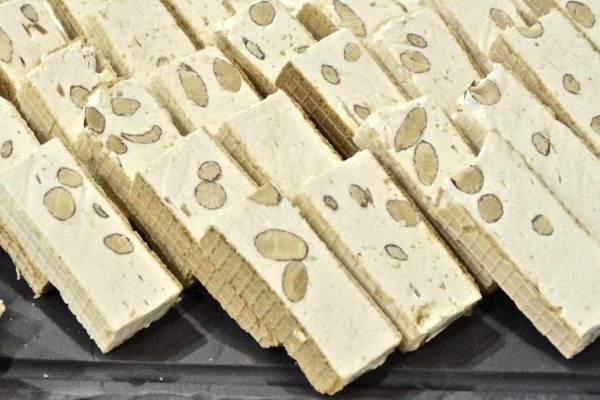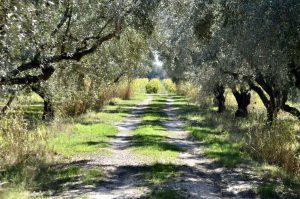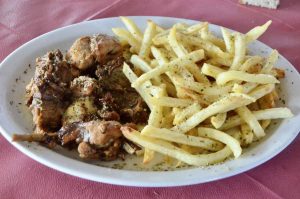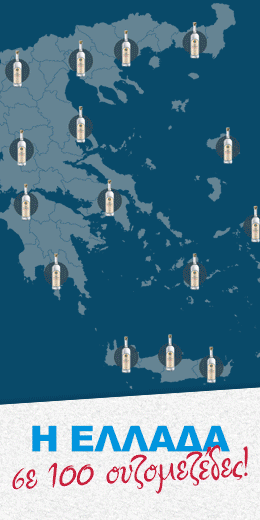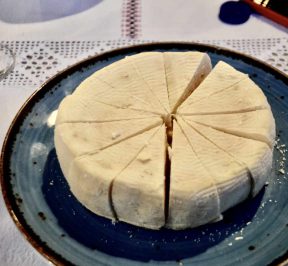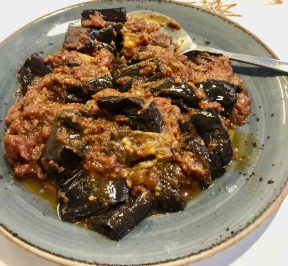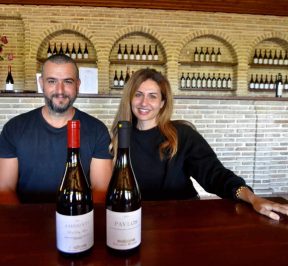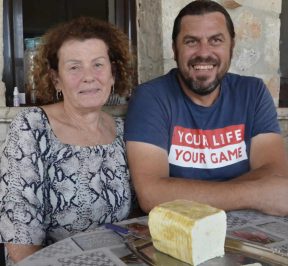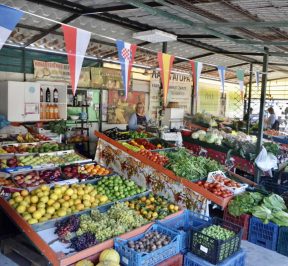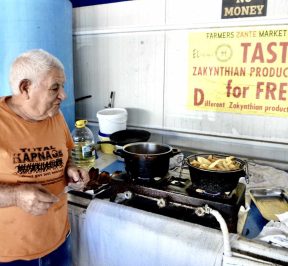Traditional Kitchen of Zakynthos
Η Zakynthos having been under Western occupation for six centuries, it was catalytically influenced in urban planning, architecture, art, language, social organization, economy, and of course it did not leave the culinary culture and cooking unaffected.
Of the foreign conquerors, the influence of the French and the British on gastronomy was negligible. Those who had a decisive effect were Venetians, since in the Renaissance century Venice functioned as a European trading center for spices and sugar, supplying luxury and wealth to all of Europe.
As a consequence of the Venetian rule it was the Venetians influenced Zakynthos with their own cuisine and their own way of eating, as they brought to the island corn, tomato, beans, pepper, potato as well as coffee, chocolate and much more.
This effect in the years of the Venetian rule only concerned the cooking of the noble and privileged classes, and this because the social inequalities between the landed aristocracy and the poor peasants were great.
When at the end of the 19th century and the beginning of the 20th, the inequalities between the classes softened, the two cuisines, - the urban one with Venetian influences and the traditional rural cuisine - intersected and the single local Zakynthian cuisine was created. The high humidity of the island and the many rainfalls required the consumption of many calories and warming foods. In pasta, garlic, vinegar and wine, the people of Zakynthos found what they were looking for.
The cuisine of Zakynthos characterized by the Zakynthians' love for the garlic, which is included in almost all of their dishes, which creates strong flavors with murky intensities that many times those familiar with mild flavors consider Zakynthian cuisine to be heavy. Their loss! Garlic is mainly used in two sauces, one for dressing which is the garlic lemon, with which they season fried potatoes, salads and fried foods in general, and the other is the garlic stew, that is, the vinegar with the crushed garlic that goes into the cooking oil and meets with the melted tomato and other spices, creating sauces of unique flavor intensity that accompany meats, greens, herbs or even eggs.
The most typical Zakynthian dishes and sweets that we meet in the taverns of the island are:
Eggs skordostubi. Children's favorite dish, eggs and boiled potatoes with garlic tomato sauce. Stuffed chicken. We bake the chicken in the oven with potatoes, stuffing it with a mixture of its chopped liver, breadcrumbs, garlic, oregano, bay leaf, lemon juice, pepper and pieces of cheese.
Nougat. Sweet of the Ionian Islands with the Zakynthians claiming to make the best. It is available in the form of a white plate and is prepared from egg white (meringue, sugar, almonds and peanuts, coriander and lemon zest.
Eggplants with garlic. Fried eggplants with tomato sauce, garlic, vinegar and spices.
Broccoli. Zakynthians eat broccoli with oil and lemon on Christmas Eve, and add lemon to the broccoli juice which turns it from a vibrant green to purple.
Pancetta parayomista. Pancetta rolls tied with twine with a filling of garlic, onion, oregano, cheese, freshly cut pepper.
Pasticcio with livers and chicken. An old Venetian recipe that is no longer common and is similar to the dolce pastry of Corfu. It is mentioned in his book by Duke Ludvig Salvator who tried it in 1900. They filled the spaghetti with livers and chicken giblets and covered it with a sweet dough before putting it in the oven.
Meatballs. Fried or oven-baked minced beef meatballs, with the subtle presence of vinegar, garlic, mint and oregano.
Veal ragout with spaghetti. It is the Sunday food like the pastitsada of Corfu and has roughly the same spices (cloves, peppercorns, cinnamon, laurel, allspice, nutmeg).
Flesh. The most typical Zakynthian tradition. Beef cut into cubes, with tomato sauce, finely chopped garlic, sugar, bay leaf, pepper, oregano and pieces of cheese.
Scaggetto. An Easter food instead of stew. The legs of the lamb, the livers, the spleen, the heart are wrapped with intestine and dill and after boiling they are poured with egg lemon.
Seskla. The people of Zakynthos love seskla (seksula) and honor them either boiled with a little celery, or stewed with onion and tomato sauce.
Socks. Thin pieces of veal fillet are wrapped with their filling (garlic, parsley, feta, kefalotiri, breadcrumbs), secured with a toothpick, fried in olive oil and cooked with tomato sauce.
Skordalia or aliad. Made with potatoes, garlic (aglio) and oil, it accompanies fried cod, beets, string beans, greens and fried eggplants.
Raisin bread. Until the beginning of the 20th century, the black currant was the first export product of Zakynthos. With it, with sugar and aniseed, the beloved raisins are made.
Pancakes or donuts. Pancakes or loukoumades, the sweet of the holidays, were glorified by Dionysios Solomon: "Pancakes of Tagiapera, oh pancakes with a pile, sugared and honeyed and with white sesame". Dough balls are fried in olive oil and eaten hot drizzled with honey, cinnamon and sesame.
Beans. The typical Greek bean soup that in the old days street vendors sold it from large cauldrons shouting: "A penny in the bubble and two in the apoladia", which meant a penny for the bottom and two pennies for what floated and had oil in it!
Frying pan. The sweets of the saint and of the festivals are still made by hawkers by frying, boiled semolina and sprinkling with sugar and cinnamon.
Toast. An old-fashioned exquisite paste (saraped breadcrumbs, vanilla cream, whipped cream, and glazed cherries) common in the Bochali region.
Those who want more information about the Zakynthian cuisine they can study the relevant books, by Maria Fiorentinou "Traditional Zakynthos Cuisine", by Dionysis Vitsos "Zucchini fagia, breads and sweets", Periplus publications, and by Ludvig Salvator "Zante, Zakynthos 1900-1902" Bastas publications.
GASTRONIC COMMUNITY OF ZAKYNTHOS
The Gastronomic Community of Zakynthos is an open system that can be joined by those who are interested and meet the conditions deriving from the regulations of the Gastronomy and Wine Tourism program. The final purpose of the action is to promote Zakynthos as a tourist destination, where gastronomy will play a leading role in shaping the identity and cultural character of the island.
The Gastronomic Communities program has the honor of being under the auspices of the Hellenic Tourism Organization.
PLACE & HISTORY - TRADITIONAL KITCHEN


